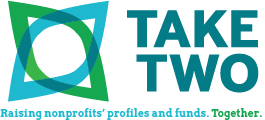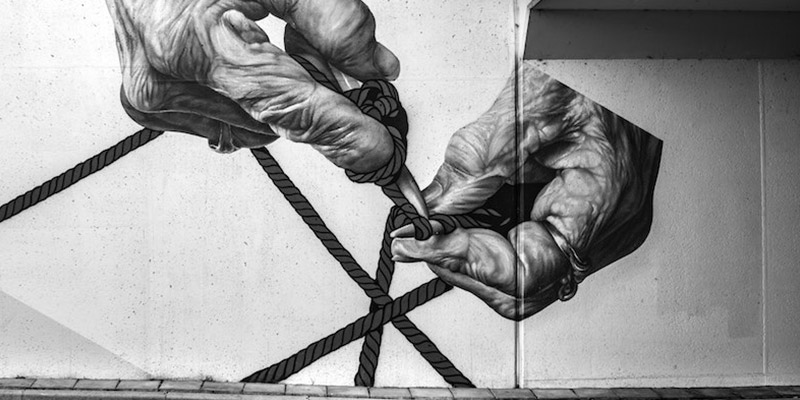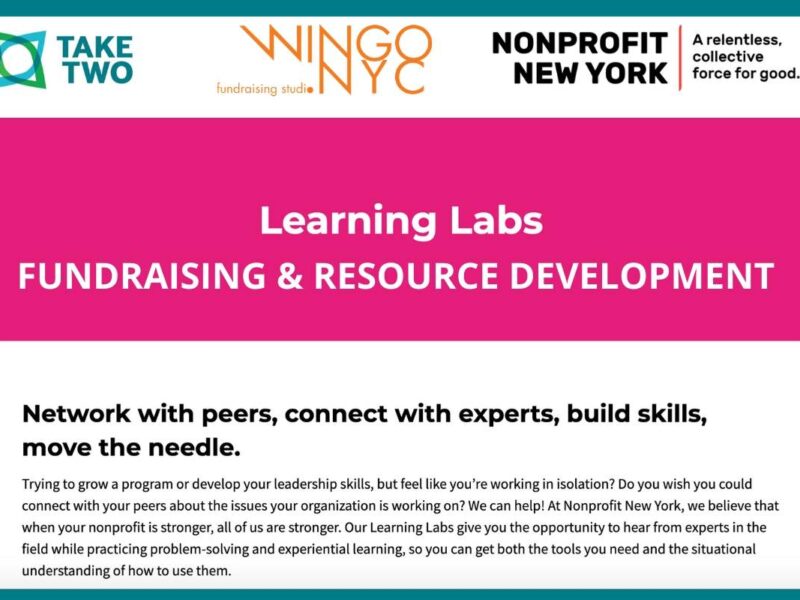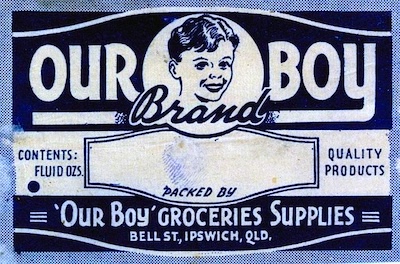
Two Practices That Nonprofits Should Embrace. Forever.
A week into a new year and you’ve probably received more advice about what to do this year than you can read.
But I have two practices to share that won’t just help your nonprofit this year – but forever. It’s a tall claim, I know. But I can back it up. I’ve been doing an informal survey (by observation and anecdote only, no Survey Monkey here) over the last two years to glean what helps take some nonprofits to the next level (whatever that is for your organization.)
Two surprising practices have consistently emerged.
- Ongoing Learning: If you’ve heard it once, you’ve heard it a million times – that nonprofits are behind the curve, especially in technology. True or false, I’m sure there’s a study somewhere that can confirm the answer. What I’ve seen is that organizations that make it a priority to stay abreast of the latest in their own (and related) fields just do better. They’re able to move nimbly, give real meaning to that over-used word “innovation”, and are more willing to change course when something isn’t working.
But ongoing learning isn’t simply reading Wired magazine from cover to cover. It’s about investing in staff’s learning, including applied learning – like taking a baking class and applying the principle of 100% accuracy to one’s data reports. And it’s about taking the time and effort to analyze one’s learning. For instance, learning about Pinterest is excellent, but thinking critically about whether its right for your organization is when the learning really becomes valuable. - Now that you’ve made your decision about Pinterest, it’s time to implement the second key practice that I’ve seen successful nonprofits do: documentation. I know, scintillating revelation. But one that you can’t afford to ignore – especially for the long-term. Too many nonprofits re-trace their steps and often repeat the same mistakes of three or five years or even six months ago. I see it every time there is new leadership, staffing changes, technology shifts (such as, ahem, Pinterest) or new project planning.
The number one reason for non-documentation is time, the lack thereof. Who has time to write down pesky meeting minutes when the world needs saving? While that old adage of a stitch in time actually makes sense, it needs some updating. Find a few easy documentation shortcuts like these:
- After reading Atul Gawande’s brilliant The Checklist Manifesto, I regularly use checklists – short, easy to read (no jargon) lists that tell me and my colleagues the steps to get things done.
- Others swear by Evernote to “capture everything”. (If you haven’t heard of it, read bullet number one above, and Google it) .
- Photos, quickly snapped on a smart phone are a popular option, especially in workshops, to document and share key points.
Neither of these two practices is a magic bullet. But, if you implement them, your nonprofit will save time and money, your staff will thank you, and best of all, your nonprofit will benefit long, long after this year has passed.





